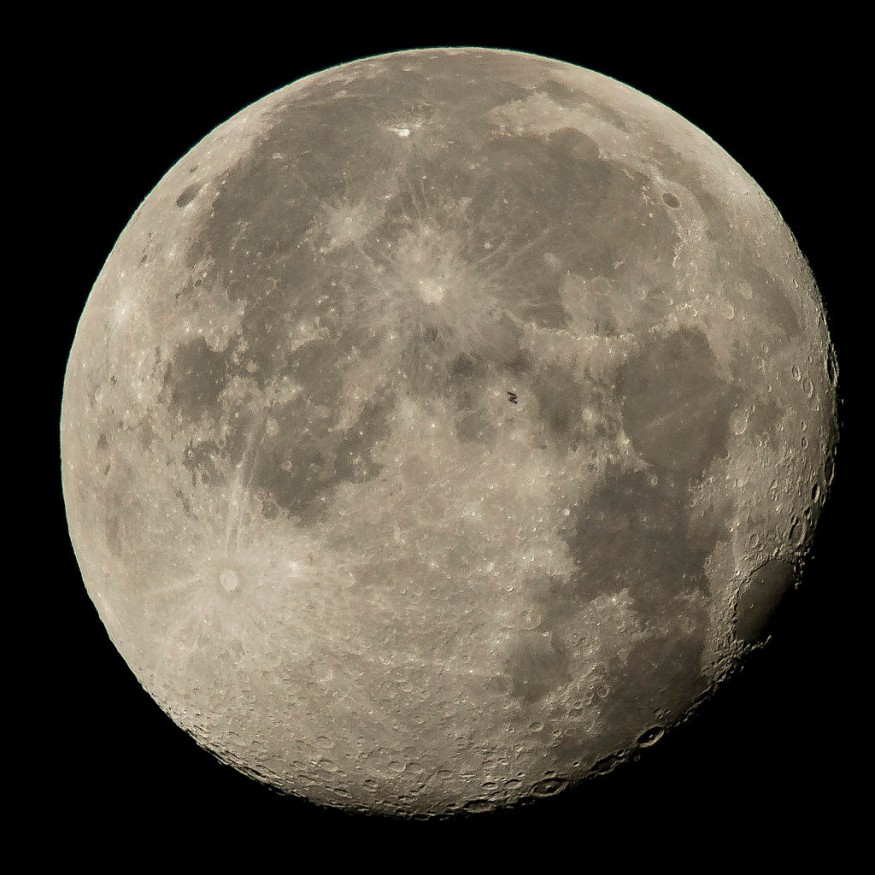Moon dust was found by scientists to have the potential to slow down climate change and solar radiation on Earth. With this, a plan is reportedly in motion to extract lunar particles and sprinkle it worldwide, particularly around the Blue Planet's orbit. Details about this novel approach towards the climate crisis was revealed in a research article published earlier in February.
Climate change is the most pressing issue in modern times, threatening not only terrestrial and marine ecosystems but also multiple countries around the globe. Threats range from shifting weather patterns, aggravating extreme weather, to global sea level rise. For decades, scientists have warned that a climate catastrophe is imminent if human-induced greenhouse gas emissions continue.
Moon Dust

Scientists from the University of Utah proposed on mining surface particles from the moon, turn it into dust, and fire it into space, with the chance of addressing the issues of climate change and global warming. The researchers say this is possible, as cited by Euronews.
The research team has calculated that shooting millions of tons of moon dust into the Earth's atmosphere could mitigate the planetary warming, which scientists attribute to be human-induced.
In this context, both solar radiation and climate change are related since the lunar dust is expected to block a portion of the sun's rays, which can decrease the heating effect of trapped greenhouse gases in the atmosphere.
While the proposal looks promising, the prevailing measure to fight climate change is stopping or mitigating the burning of fossil fuel, as cited by the European television news network.
Climate Change Threat
2022 is a year marked by extreme weather in relation to climate disasters, including record-breaking temperatures never seen before, unprecedented flooding, droughts, and storms that devastated multiple regions of the world, according to the World Food Programme (WFP). Massive wildfires and heatwaves were also indicators surrounding the natural disasters.
The WFP last year provided food and other assistance to over 160 million poverty-stricken people, many of which were hit by climate-related natural disasters. For 2023, the organization says another wave of climate disasters is expected, which will aggravate humanitarian crises worldwide. Moreover, biodiversity is also at risk since the climate emergency is global.
Climate Change Mitigation Efforts
Prior to considering moon dust as an alternative to slow down climate change, climate scientists along with the United Nations and other entities have carried out mitigation efforts to at least decrease the impact of global warming and eventual environmental collapse.
One of these measures include the Paris Agreement on climate change. Spearheaded by the UN, it aims to bring down global temperature to at least 1.5 degrees Celsius. Also called as the Paris Treat or Paris Accord, the agreement was adopted by 196 Parties during the UN Climate Change Conference (COP21) in Paris in December 2015 and took effect in November 2016.
Related Article: Moon Dust Collected During Apollo 11 Mission Found in Storage
© 2025 NatureWorldNews.com All rights reserved. Do not reproduce without permission.





